1. Woodstock, New York
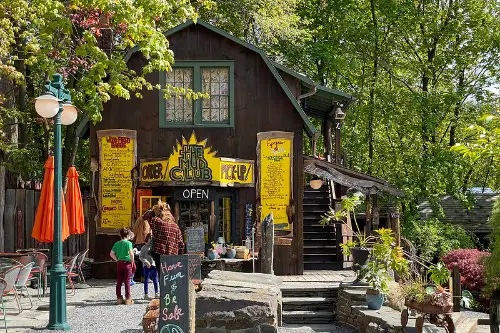
Before the 1969 music festival, Woodstock was a tiny town known mostly for farms and artists’ retreats. Ironically, the festival wasn’t even held there, but the name stuck and drew curiosity. People started visiting to see the “birthplace of a movement,” giving the town a cultural cache it never sought. Music lovers and nostalgia seekers now wander its streets year-round.
Local shops lean heavily into the festival legacy, selling vintage memorabilia and hosting music events. Small cafés and boutiques have popped up to cater to festival tourists. The town’s charm comes from its artsy, historic vibe, but crowds have made it a bit less quiet. Woodstock’s sleepy, rural image transformed into a destination for counterculture pilgrims.
2. Marfa, Texas
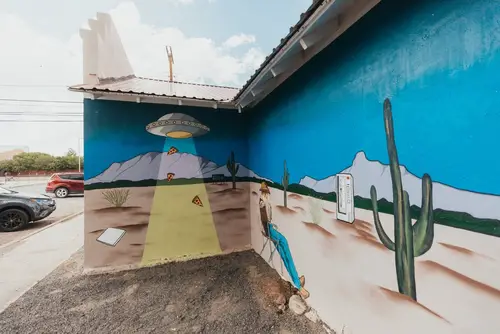
Marfa started as a quiet desert town in West Texas, known mostly for ranching and wide-open skies. Everything changed when Donald Judd, the minimalist artist, began installing large-scale works in the 1970s. Art enthusiasts started flocking here, and now the town has galleries, art installations, and even a film festival. What was once a sleepy town is now a must-stop for anyone on a cultural road trip.
Tourists come for the mysterious Marfa Lights, which appear over the desert on certain nights. Local businesses have adapted, with boutique hotels and quirky cafés popping up almost overnight. Despite the growth, the town still tries to hold onto its small-town charm. Visitors, however, often remark that the influx of hipsters and artists has made it feel like a different world entirely.
3. Sedona, Arizona
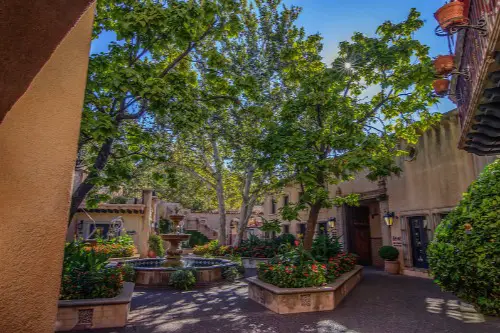
Sedona has always been stunning with its red rock formations and hiking trails, but it didn’t draw massive crowds until it became known as a spiritual and wellness hub. Vortex tours, yoga retreats, and art galleries exploded in popularity in the 1990s. People now arrive by the thousands, cameras in hand, chasing both natural beauty and a mystical experience. Local shops have turned Sedona into a souvenir paradise.
Hiking trails that were once quiet escapes now see heavy foot traffic, especially on weekends. The town’s scenic drive, winding through Oak Creek Canyon, has become an Instagram hotspot. Hotels and resorts have multiplied to accommodate visitors seeking luxury as well as nature. Sedona went from being a secret desert gem to a wellness-focused tourist magnet almost overnight.
4. Bar Harbor, Maine
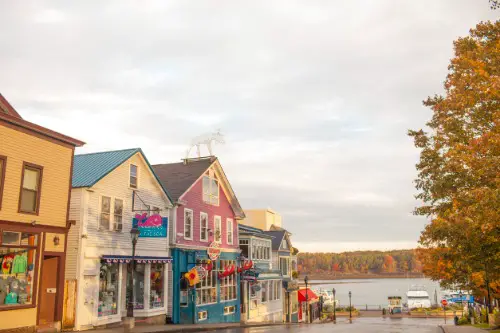
Bar Harbor was once a simple coastal town for locals and lobstermen, quietly tucked on Mount Desert Island. The opening of Acadia National Park brought nature enthusiasts, but word spread, and suddenly everyone wanted to see the rugged coast. Cruise ships and tour buses became common sights, especially in summer. What used to be a peaceful seaside retreat turned into a bustling tourist hub.
Local restaurants have adapted, offering lobster rolls and fresh seafood to cater to seasonal crowds. Hiking, kayaking, and whale-watching tours now dominate the economy. Residents have mixed feelings, enjoying the income but missing the calm winters. Bar Harbor’s postcard-worthy scenery made it inevitable that people couldn’t resist sharing it.
5. Carmel-by-the-Sea, California
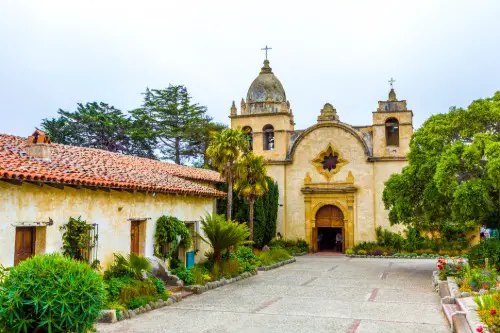
Carmel was initially a quiet artists’ enclave along the Pacific Coast with cottages and galleries. Its fairy-tale architecture and pristine beach attracted attention after Clint Eastwood became mayor in the 1980s. Tourism boomed as visitors sought both the natural beauty and the artistic charm. Today, Carmel is famous for boutique hotels, dog-friendly beaches, and fairy-tale streets lined with shops.
The town hosts festivals and art events that draw thousands, especially in summer. Even the famous 17-Mile Drive brings more tourists than residents sometimes expect. Carmel’s local cafés and galleries thrive thanks to constant foot traffic. While still charming, the town feels a little like a scenic set piece for visitors.
6. Key West, Florida
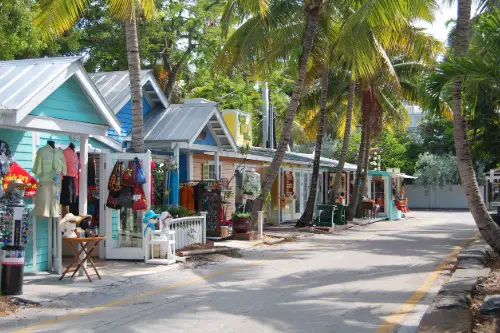
Key West was a sleepy island for fishermen and writers like Hemingway before it became a tourist hotspot. Its quirky architecture, sunsets, and vibrant nightlife caught the attention of travelers looking for something offbeat. Duval Street turned into a lively strip packed with bars, shops, and entertainment. Cruise ships now dock regularly, and the streets are rarely empty.
The town’s small size makes it feel crowded during peak tourist season. Historic homes, such as Hemingway’s, became major attractions. Locals have adapted with island-style hospitality and boutique accommodations. Key West’s once-tranquil vibe now thrives on a mix of culture, history, and party energy.
7. Leavenworth, Washington
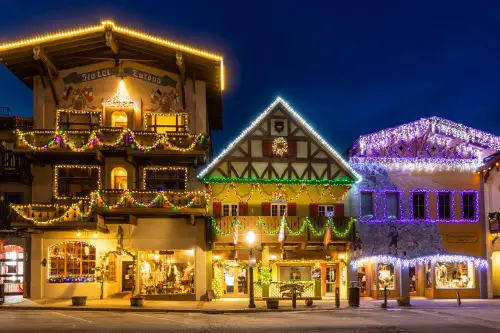
Leavenworth started as a logging town in the Cascade Mountains, but it reinvented itself in the 1960s. The town adopted a Bavarian theme to attract visitors, transforming streets into a fairytale Alpine village. Festivals like Oktoberfest now draw huge crowds from across the country. The result is a tourist-friendly town that thrives on its kitschy charm.
Shops sell German sausages, beer, and handmade crafts, while hotels mimic Alpine chalets. River rafting and hiking are popular, but the village streets are the real draw. Locals rely heavily on the tourist economy, which means summers are bustling. What was once a forgotten mountain town is now a Bavarian-themed wonderland.
8. St. Augustine, Florida
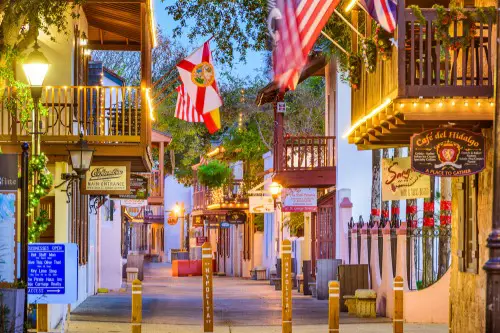
St. Augustine claims the title of the oldest city in the U.S., but for years it was mostly a quiet historic town. Its Spanish colonial architecture and cobblestone streets caught the eye of history enthusiasts. Museums, old forts, and ghost tours turned the town into a year-round attraction. Tourism now drives much of the local economy.
Historic sites like Castillo de San Marcos draw huge crowds, especially during holiday events. Local restaurants lean into seafood and Spanish-influenced cuisine. The town hosts festivals that bring in thousands, including a famous Nights of Lights display. St. Augustine’s history transformed it from a sleepy coastal town into a living museum.
9. Park City, Utah
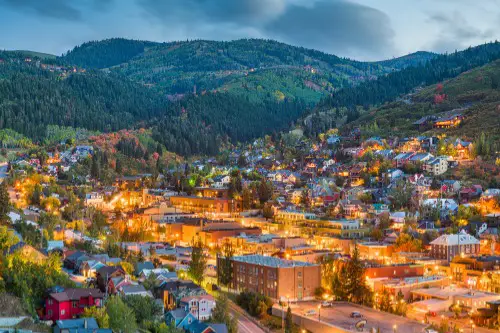
Park City was a mining town for much of its history, with snow as a backdrop more than a tourist draw. The 2002 Winter Olympics changed everything, spotlighting its ski slopes and luxury resorts. Tourism skyrocketed as people arrived for skiing, snowboarding, and film festivals. The town transformed into an international destination almost overnight.
The Sundance Film Festival puts Park City on the global map every year. Historic Main Street is now packed with galleries, boutiques, and restaurants. Summer visitors enjoy mountain biking and hiking, while winter draws snow sports fans. What was once a mining town is now synonymous with high-end tourism.
10. Mackinac Island, Michigan
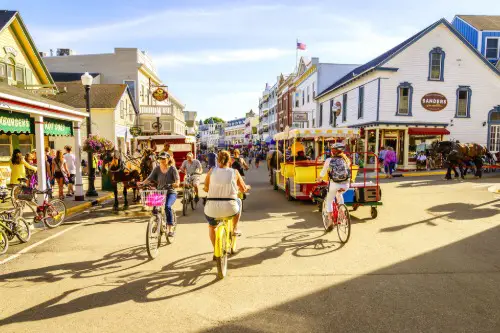
Mackinac Island was a quiet spot for ferry travelers and locals until it banned cars in the late 19th century. Its unique charm, Victorian architecture, and fudge shops made it a must-see destination. Horse-drawn carriages and bike rentals dominate transportation, adding to the tourist-friendly atmosphere. Crowds now flood the island during summer months.
Historic Fort Mackinac attracts history buffs, while the island’s natural beauty appeals to photographers. Local inns and B&Bs thrive during peak season. Residents enjoy a slower pace in off-season, but summer feels like a different world. Mackinac Island’s charm turned it into a perennial tourist trap.
11. Nantucket, Massachusetts
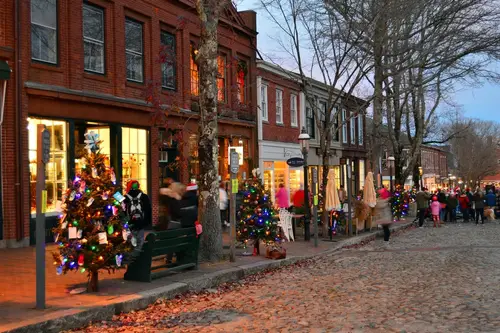
Nantucket was once a quiet whaling hub before it became a luxury getaway. Its cobblestone streets and historic homes became popular with East Coast vacationers. Boutique shops, galleries, and upscale restaurants cater to wealthy visitors. Summer tourism now dominates the island economy.
Beaches and lighthouses draw crowds looking for quintessential New England scenery. Ferry rides bring in day-trippers and seasonal residents alike. The island balances charm with commercialization, though parking and accommodation can be tricky. Nantucket’s peaceful vibe now coexists with high-end tourism.
12. Carmel, Indiana
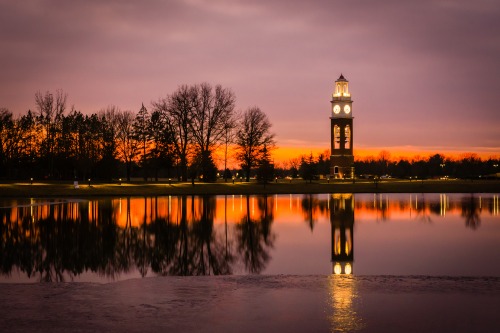
This one might surprise people because Carmel is known as a suburb, but its arts district made it a regional draw. The city developed the Center for the Performing Arts and public art installations that caught attention. Festivals and concerts now bring visitors from nearby cities. Quiet streets fill with tourists during special events.
Carmel’s Monon Trail attracts cyclists and walkers year-round. Local restaurants cater to weekend visitors and arts enthusiasts. Its small-town feel remains, but the cultural investments created a tourist footprint. What was a sleepy suburb became an unexpected regional hotspot.
13. Solvang, California
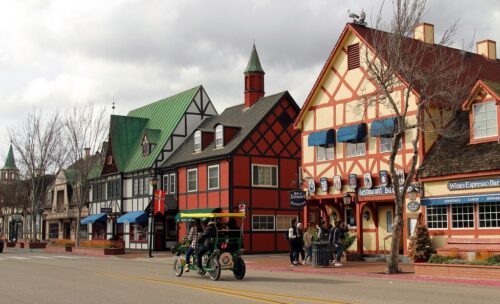
Solvang started as a Danish settlement in the 1910s, quietly honoring its heritage. Danish-style architecture, bakeries, and windmills became a quirky draw for visitors. Wine tasting and festivals added to the appeal, making it a tourist magnet. What was meant to be a calm homage to Danish culture is now a bustling destination.
Visitors flock for pastries, a taste of European-style villages, and wine tours in the surrounding Santa Ynez Valley. The town thrives on photo opportunities and cultural immersion. Local shops lean heavily into novelty and souvenirs. Solvang’s charm unintentionally invited hordes of tourists.
14. Helen, Georgia
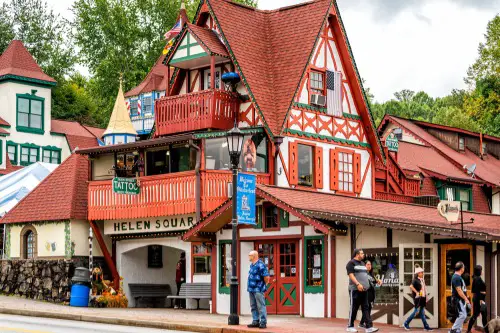
Helen reinvented itself in the 1960s, modeling the entire town after a Bavarian village. Originally a sleepy Appalachian town, it now draws tourists year-round for Oktoberfest, tubing, and themed shops. Cobblestone streets and Alpine façades are a major photo op. The town’s small size can make the tourist crush feel even more intense.
Mountain rivers and nearby trails appeal to outdoor enthusiasts. Inns, breweries, and candy shops cater to families and festival-goers alike. Locals have embraced tourism as a vital part of the economy. Helen became an accidental Bavarian paradise in the American South.
15. LeClaire, Iowa
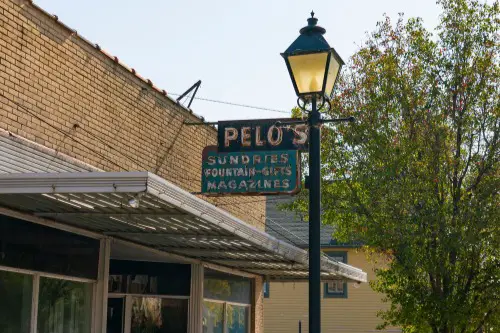
LeClaire was a small Mississippi River town until it embraced its riverboat heritage and connections to pop culture. The John Deere company started nearby, and the town now celebrates this industrial history. Antique shops, riverboat rides, and the American Pickers museum draw visitors from across the Midwest. Once quiet streets are now buzzing during festival weekends.
The town leans into nostalgia and Americana, with quaint storefronts and local eateries. River views and historic buildings make it a scenic stop. While residents enjoy the economic boost, it has transformed the town’s rhythm. LeClaire proves that small-town charm can easily become a tourist spectacle.
This post 15 U.S. Towns That Were Supposed to Be Quiet and Accidentally Became Tourist Traps was first published on American Charm.


